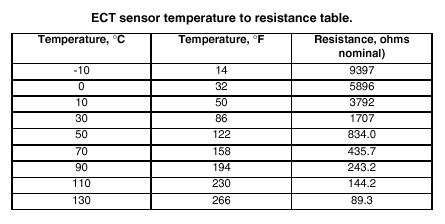ozzyboydeano
Well-Known Member
- Posts
- 843
simon
considering you talk allot about it but not have done it your self as you prefer the gauge not moving ...this is called denial you don't want the gauge to move because it suits you (somethings are best not knowing ) don't worry mate I have been there
I don't disagree every one has there opinion..... but just imagine next time your laying in a hospital bed and all the monitors used maybe just as good as the ones on the dash as a landrover . one gauge only that does not move .....they also wont be able to check blood pressure LOL (oil pressure ) but they be able to tell you out side temp if that's any help
gauges can be installed any where its a personal choice many don't like cluster ..like I don't like those who run 7 inch GPs screen on the windscreen blocking a view with a dash cam in there face creating blind spots forget to mention there I phones also
you will only become to realise humans also need to be monitored ..same goes with an engine regardless of its health ...if you want to rely on the coolant gauge and oil light good call mate
ps giving my line of work it becomes natural .... I like to know how my engine performs in all conditions and its health means fixing the issie sooner
many office jockeys like there car clean just like there desk just saying
considering you talk allot about it but not have done it your self as you prefer the gauge not moving ...this is called denial you don't want the gauge to move because it suits you (somethings are best not knowing ) don't worry mate I have been there
I don't disagree every one has there opinion..... but just imagine next time your laying in a hospital bed and all the monitors used maybe just as good as the ones on the dash as a landrover . one gauge only that does not move .....they also wont be able to check blood pressure LOL (oil pressure ) but they be able to tell you out side temp if that's any help
gauges can be installed any where its a personal choice many don't like cluster ..like I don't like those who run 7 inch GPs screen on the windscreen blocking a view with a dash cam in there face creating blind spots forget to mention there I phones also
you will only become to realise humans also need to be monitored ..same goes with an engine regardless of its health ...if you want to rely on the coolant gauge and oil light good call mate
ps giving my line of work it becomes natural .... I like to know how my engine performs in all conditions and its health means fixing the issie sooner
many office jockeys like there car clean just like there desk just saying
Last edited:

